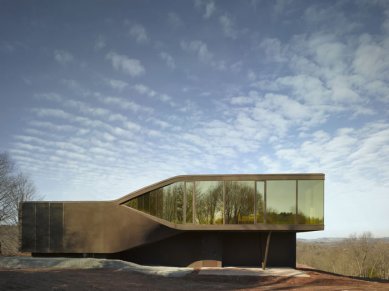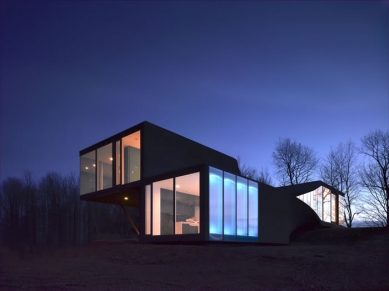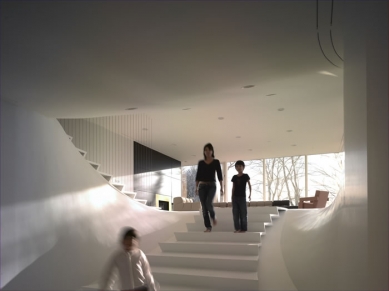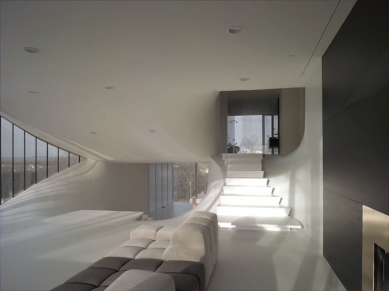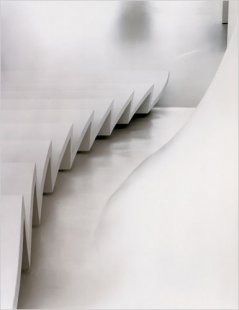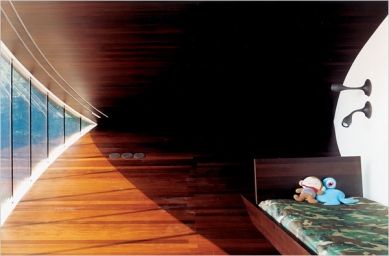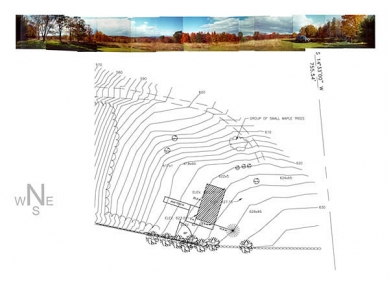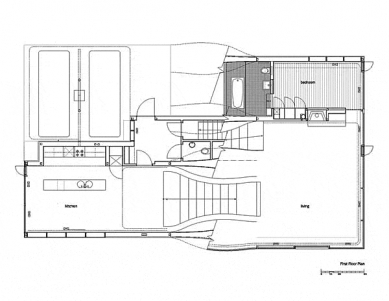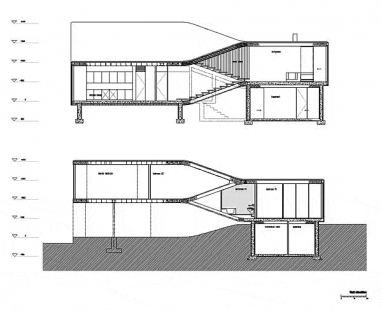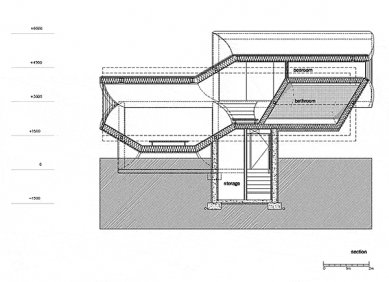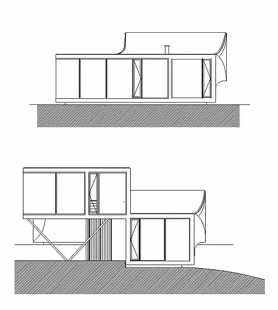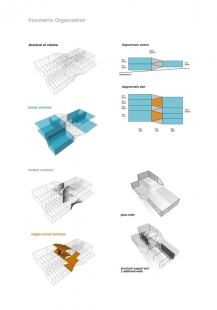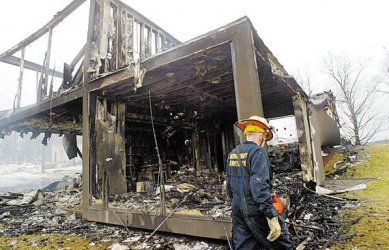
VilLA NM

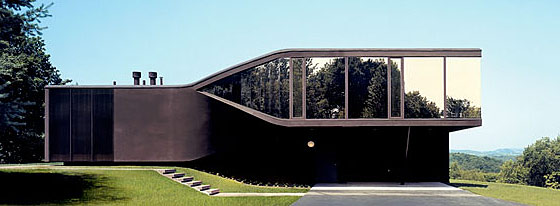 |
VilLA NM is a family summerhouse situated in a hilly and woody area, some two hours drive from NYC. This area of up-state New York used to be a destination for the elite during the twenties and thirties and became world famous during the summer of ‘69 with the Woodstock festival. In subsequent years the area suffered a decline in popularity, but now more thirty years on the area once again open for new developments and is regaining its popularity amongst the younger people of NYC who like to escape the bustle of the big city.
The house is situated on a plot of 7000m² with a tremendous 360º view of the forests and meadows. The sloping site is used as device for the programmatic and volumetric organization of the house. A single box-like volume bifurcates into two separate volumes; one seamlessly following the Northern slope; the other lifted above the hill creating a covered parking and generating a split-level internal organization.
The volumetric transition is generated by a set of five parallel walls that rotate along a horizontal axis from vertical to horizontal. The walls become floor and vice versa. The ruled surface maintaining this transition is repeated five times in the building. Standardizing and pre-fabricating of this structural element lowered the building costs without reducing the spatial quality of the interior. The interior space also takes advantage of the split-level organization. The kitchen and dining area on the ground floor are connected by a ramp to the living space above, the 1.5-meter height change allowing for a tremendous view over the valley. A similar ramp connects the living area to the master and the children’s bedrooms on the second floor.
All the functional facilities such as the bathroom, kitchen and fireplace are situated in the vertical axis of the house. This organization allows the freeing up of the outer walls. Rooms that require a higher level of privacy are partly closed of to the exterior. All other rooms are provided with large glassed windows.
The materialization of the design is a combination of concrete and glass with a light metal construction. The intelligent transformation of a geometric form and the standardization of the structural elements enabled the economical production of a highly individual building with strong spatial qualities.
UN Studio
8 comments
add comment
Subject
Author
Date
:(
21.02.08 02:23
R.I.P.
ales
21.02.08 03:10
NM
Jan Vybíal
21.02.08 08:44
Re: NM
Petr Šmídek
21.02.08 08:49
nm
rvn
21.02.08 09:34
show all comments







